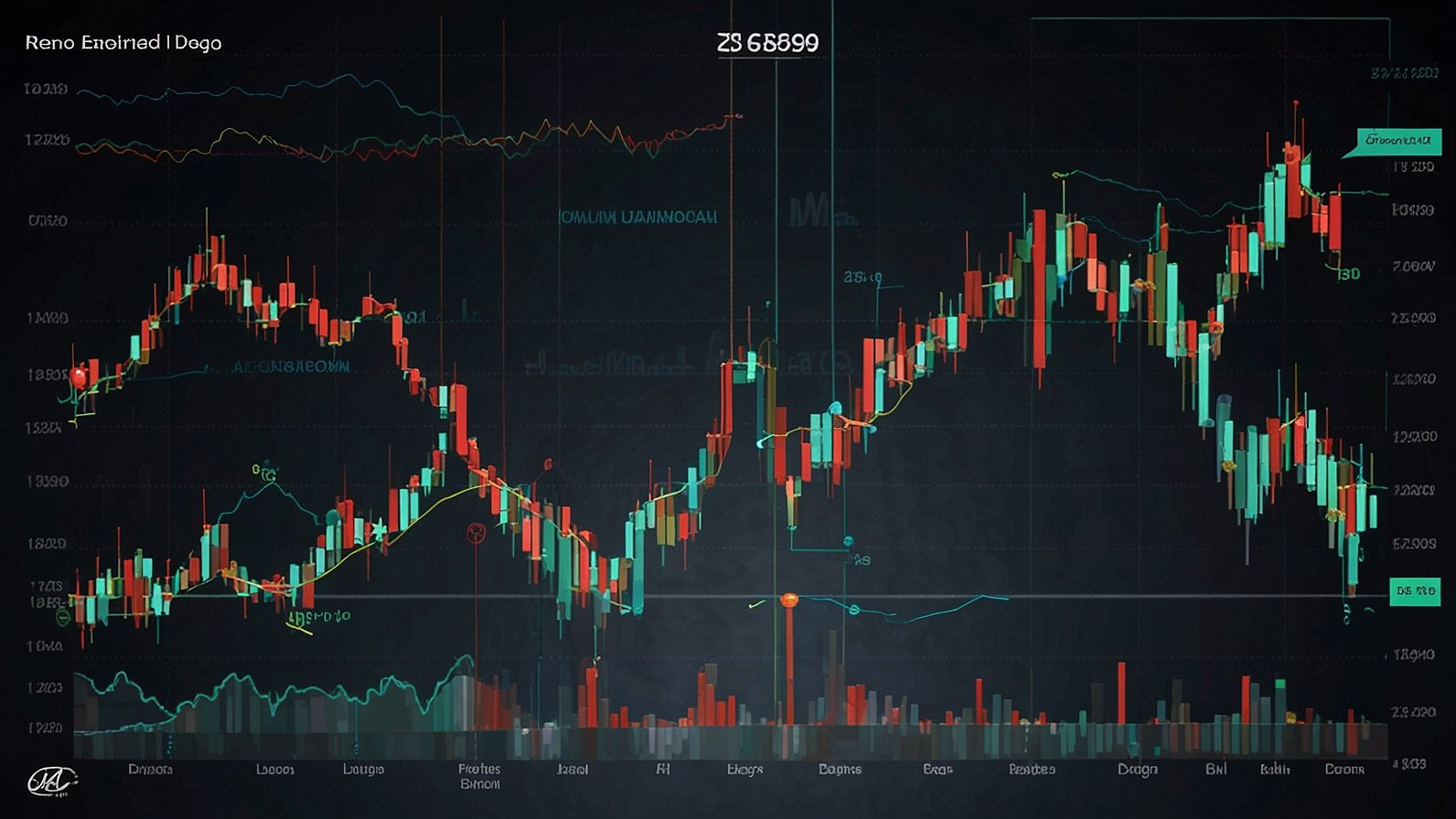Manufacturing businesses often rely on total throughput rates when measuring production efficiency. While doing so, they often forget that prioritizing total throughput rates and relying on them can be misleading. And this particularly happens in the situations where inefficiencies like rework of parts and work in process are involved.
So? What’s the solution? This demands looking further, beyond the surface of your manufacturing landscape. Considering Rolled Throughput Rate can be the game changer! It’s an important KPI that helps you gain deeper insight into the actual performance of your production line.
What’s the purpose? The purpose is what we’ll talk about in this article today — maximizing manufacturing efficiency. This metric visualizes the impact of defects on various processes while providing actionable data for improvements.
So, without delaying it any further, let’s learn about Rolled Throughput Yield and associated details.
Understanding the Rolled Throughput Yield
How about a tool that beforehand, sort of predicts the possibility of flawless products? That’s what rolled throughput does. It is a crucial metric that businesses can employ to measure the possibility of a product or service passing through every stage of a production process without defects and also assesses the need to correct or re-work.
Unlike total throughput yield, which includes reworked products, RTY focuses solely on the products which successfully come out the manufacturing process without any defects or rework. So, what does it mean? These statements declare RTY as an indicator of production quality and process stability.
The goal to have an RTY value close to 100% means no rework or defect corrections are necessary. Suppose your RTY is significantly lower than your total throughput yield. In that case, this indicates that substantial rework is being performed due to production errors, quality problems, or even supply chain issues, a hidden cost in your manufacturing operation that can hurt your bottom line.
Why Rolled Throughput Yield Matters
By focusing on improving RTY KPI, companies can reduce the need for rework and production stoppages to perform this re-work, improve production flow, and decrease costs related to defects and manufacturing problems.
RTY is a key performance metric for understanding the real output quality of your manufacturing process and how well each stage of the process is performing to finish each item you are producing
These rework processes consume valuable time and resources, often going unnoticed by standard efficiency measurements and sometimes accepted as the norm or status quo by production operators and event management. This is a danger as it then becomes part of the culture of the organization.
Understanding RTY helps decision-makers pinpoint critical problems that may not be apparent from throughput data or high-level manufacturing KPIs alone.
How to Calculate RTY
- Calculating RTY is a straightforward process that involves racking the yield at each production stage of the manufacturing process. Remember, accurate data collection is a must to get a reliable measure of RTY.
- Yield is the ratio of units that pass quality control to the total number of units that enter the stage. It can be calculated at any given stage.
- RTY is then determined by multiplying the yields of all stages together.
Formula:
RTY = Yield1 x Yield2 x Yield3 x … x Yields
For example, in a four-stage screw manufacturing process:
- Stage 1
90% yield (2700 units passed out of 3000)
- Stage 2
81% yield (2200 units passed out of 2700)
- Stage 3
77% yield (1700 units passed out of 2200)
- Stage 4
94% yield (1600 units passed out of 1700)
The overall RTY would be 0.90 x 0.81 x 0.77 x 0.94 = 0.53, or 53%.
Key Takeaway: This figure shows that only 53% of the products, in this case, screws, passed through all stages without needing rework, highlighting a significant area for improvement.
Comparing RTY with Total Throughput Yield
- While total throughput yield accounts for reworked products, RTY focuses solely on the products that pass the first time through the entire process without any issues or re-work required.
- If you notice a large gap between these two metrics, it is a sign that rework is a considerable issue in your production process, and there are issues affecting the output quality of each step.
- This gap can inflate perceived productivity, giving the false impression of efficiency when, in reality, rework is dragging down the overall performance of the factory and affecting profitability.
Best Practices for Improving RTY
The focus should be on identifying and addressing bottlenecks and areas where defects occur most frequently when working to improve your RTY.
Here are some best practices to guide the process:
Prioritize Low-Yield areas and subprocesses with issues
Begin by tackling the stages with the lowest yield rates. It is crucial to identify these with correct production data collected at each step or workstation. Improving these processes will have the most immediate impact on your overall RTY.
Quantify the Cost of Rework
Present stakeholders with a precise dollar figure for the resources lost to rework. This can help build a strong case for process improvements and investment in improvements with a clear business case for the improvements required.
Focus on Quality Inputs at every stage.
Ensure that materials and components entering the production process meet high-quality standards and are free of defects. Defective inputs often lead to lower yield rates, more rework downstream, and even hidden process problems.
Monitor Progress Over Time and Rectify.
Regularly track your RTY KPI daily and make adjustments as needed. This will help you visualize incremental improvements in quality and efficiency throughout the production process and also in each area.
The Role of RTY in Continuous Improvement
Not just a one-time metric, RTY is a valuable tool for continuous improvement. You can measure the impact of changes made to your production line by regularly tracking your RTY over time.
An adjustment leading to a higher RTY value translates into a much more efficient process. Conversely, if there is little to no change, it points towards potential problems that you can explore as they affect the yield. This will also help you analyze the step that is showing no improvement.
RTY has a significant role in achieving the continuous improvement goal through streamlining manufacturing processes, reducing waste, and driving long-term gains in profitability.
For a better and more holistic approach, incorporating RTY with other Six Sigma tools and strategies that work well can amplify these improvements and optimize your operations further. Remember you must ensure that these concepts are well understood by staff for the sake of obtaining good results.
Benefits of Rolled Throughput Yield
Identifying Hidden Factory Operations
RTY provides many critical insights, and one of them is the visibility into the “hidden factory.”
The hidden factory refers to all the extra processes that take place when a defect is detected. These include pulling the product from the line, reworking it, and reinserting it back into production. The hidden factory creates a parallel production line that drains resources and reduces efficiency.
You can uncover where the hidden factory is most active and take steps to reduce or eliminate rework by estimating and monitoring RTY. These measures thus result in freeing up resources, reducing costs, and improving the overall flow of your production process.
Pinpointing Problem Areas
Zooming in on the specific processes causing defects becomes possible for manufacturers because of RTY.
Consider a situation where, after a particular stage, a high percentage of defects are found. This points towards possibilities like
- problem with the raw materials used
- the condition of tooling or machines
- the way the process is being executed
What’s next? As soon as the issue is identified, manufacturers ensure targeted improvements to reduce defects and boost yield.
Enhancing Profitability Through Better RTY
Improving RTY through improved quality and lower costs leads to better profitability.
When products move through your production line smoothly without rework, you save on labor, materials, and time, but only when your products move through your production line smoothly.
Results?
Faster production cycles resulting in meeting customer demand potentially while reducing delivery time.
Final Thoughts: Why Rolled Throughput Yield Is Key
If you’re an organization with your eyes set on optimizing processes, you must not miss utilizing Rolled Throughput Yield. Businesses can clearly visualize the occurrence and cause of defects during a process using this critical tool.
By reducing rework and hidden factory activities, RTY brings businesses a roadmap to continuous improvement.
When coupled with other lean tools, RTY can help businesses streamline operations that boost productivity and profitability – both.
As a business, you should integrate RTY KPI calculations in your regular manufacturing processes if you want to achieve both profitability and productivity, avoid rework, and streamline operations.











